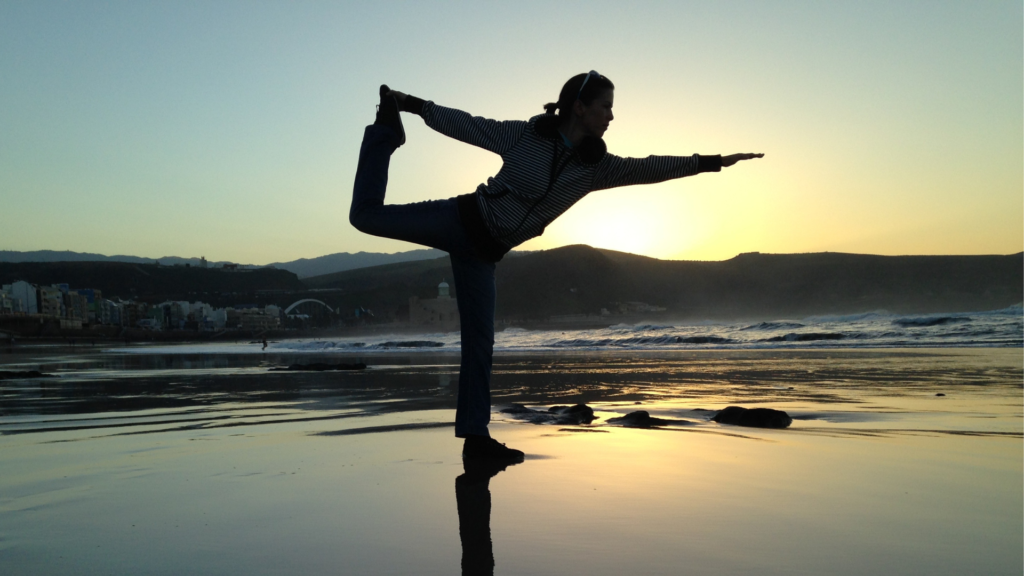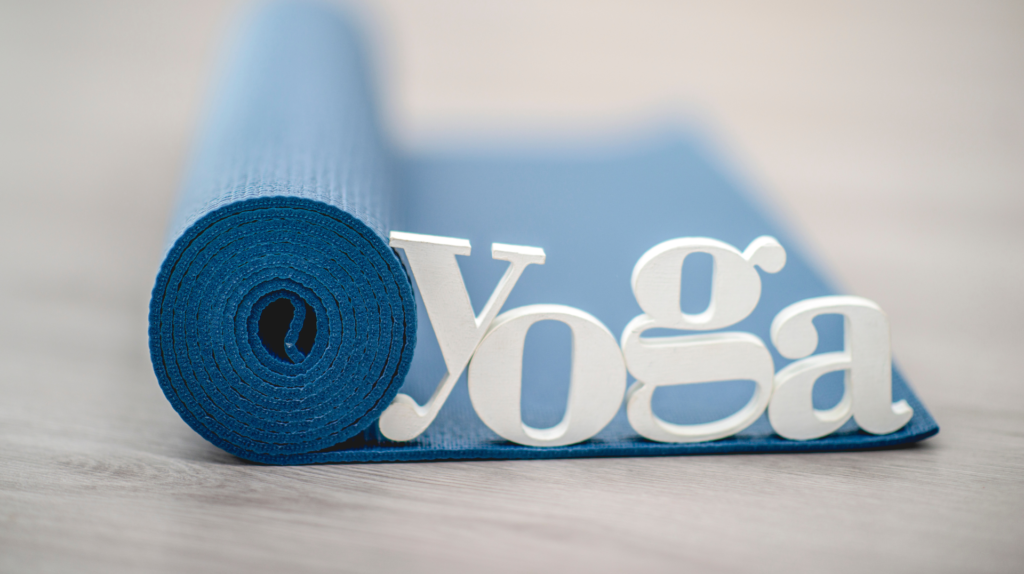Review of Yogic Physical Culture by Yogacharya S. Sundaram

The book – Yogic Physical Culture…
First, the book covers the basics of the practice of asana and pranayama, including aspects such as location dress, food etc. Next, it provides detailed instructions for some 17 asanas which Yogacharya Sundaram considers critical and adequate for daily usage.
Each asana is explained in detail, covering its impact on the body’s muscular, digestive, circulatory, nervous and endocrine system. Also, the detailing includes instruction for practice of the asana, health benefits and precautions to be taken, all this supported by photographs.
The use of appropriate terminology shows that Sundaram must have conducted enormous research to align medicine, anatomy and physiology with practice of asana. Sundaram has presented intermediate poses in addition to the final poses and this makes the manual easy to use. So, the practitioner can comprehend the process and final aspiration pose. The level of proficiency exhibited in the photos is very high. In fact, one is struck by a sense of inferiority complex at the perfection of the poses.
Significantly, Sundaram has devoted an entire chapter to women, including photos of ladies performing asana’s in Indian sarees. This demonstrates his sagacity and determination to make this practice universally applicable in a conservative society struggling under colonial rule.
Finally, Sundaram has not confined the book to asana alone. He has paid adequate attention to bandhas (holding postures), kriyas (moving poses) and other tertiary asanas.
Conclusion
This book explains everything that one needs to know in order to become proficient in yoga. Undoubtedly, anyone interested in serious asana practice must have this book in their library. The only aspect which may turn the reader away is the old fashioned style of writing which was the vogue in 1920’s.
Finally, the level of proficiency exhibited in the book on the subject of Yoga, asana and pranayama speaks highly of the authors interest, sagacity, effort and commitment to the subject. This is commendable as Yogacharya Sundaram was only 27 when he published the book.


